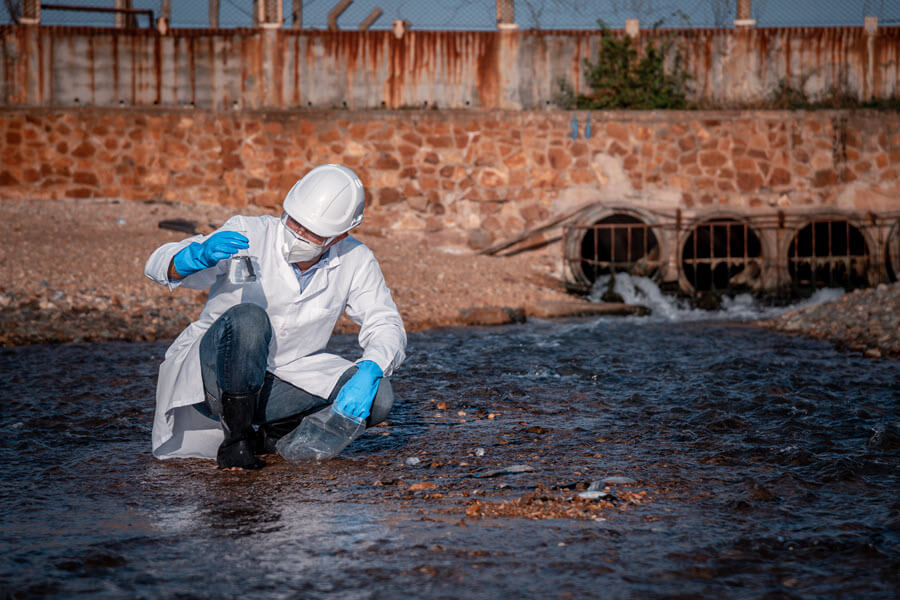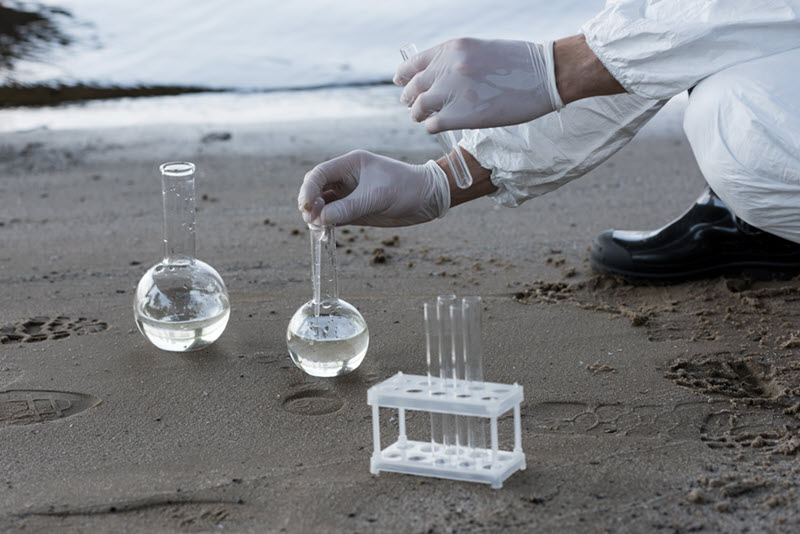Introduction
PFAS, short for per- and polyfluoroalkyl substances, are a group of human-made chemicals that have gained widespread attention due to their
PFAS contamination in municipal water systems and private wells is a major issue in the U.S., affecting communities from North Carolina's Cape Fear River Basin to Hoosick Falls, New York. Linked to serious health risks like cancer and endocrine disruption, PFAS exposure has led to numerous lawsuits against companies like Chemours, DuPont, and 3M. Federal and state regulations are tightening, with ongoing efforts to remediate contaminated sites. Community advocacy continues to push for safer water and accountability from polluters.
This article explores the potential illnesses linked to PFAS, including cancer, thyroid disease, liver damage, immune system suppression, reproductive issues, and cardiovascular problems. Learn about vulnerable populations, how PFAS enter the body, and steps you can take to reduce exposure and manage health risks.
Learn how to test for PFAS in water to ensure your family's safety. This article covers detection methods like home kits and water filters, and dives into effective filtration solutions such as Granular Activated Carbon, Reverse Osmosis, and Ion Exchange Resins. Discover the best home water treatment systems to reduce PFAS and optimize water quality in your household.





